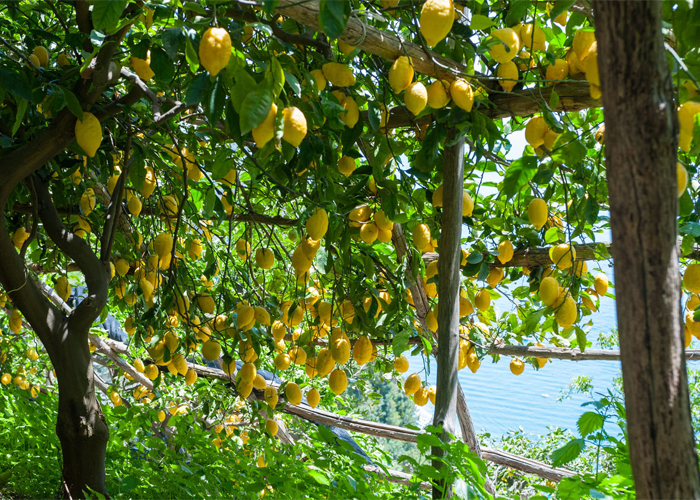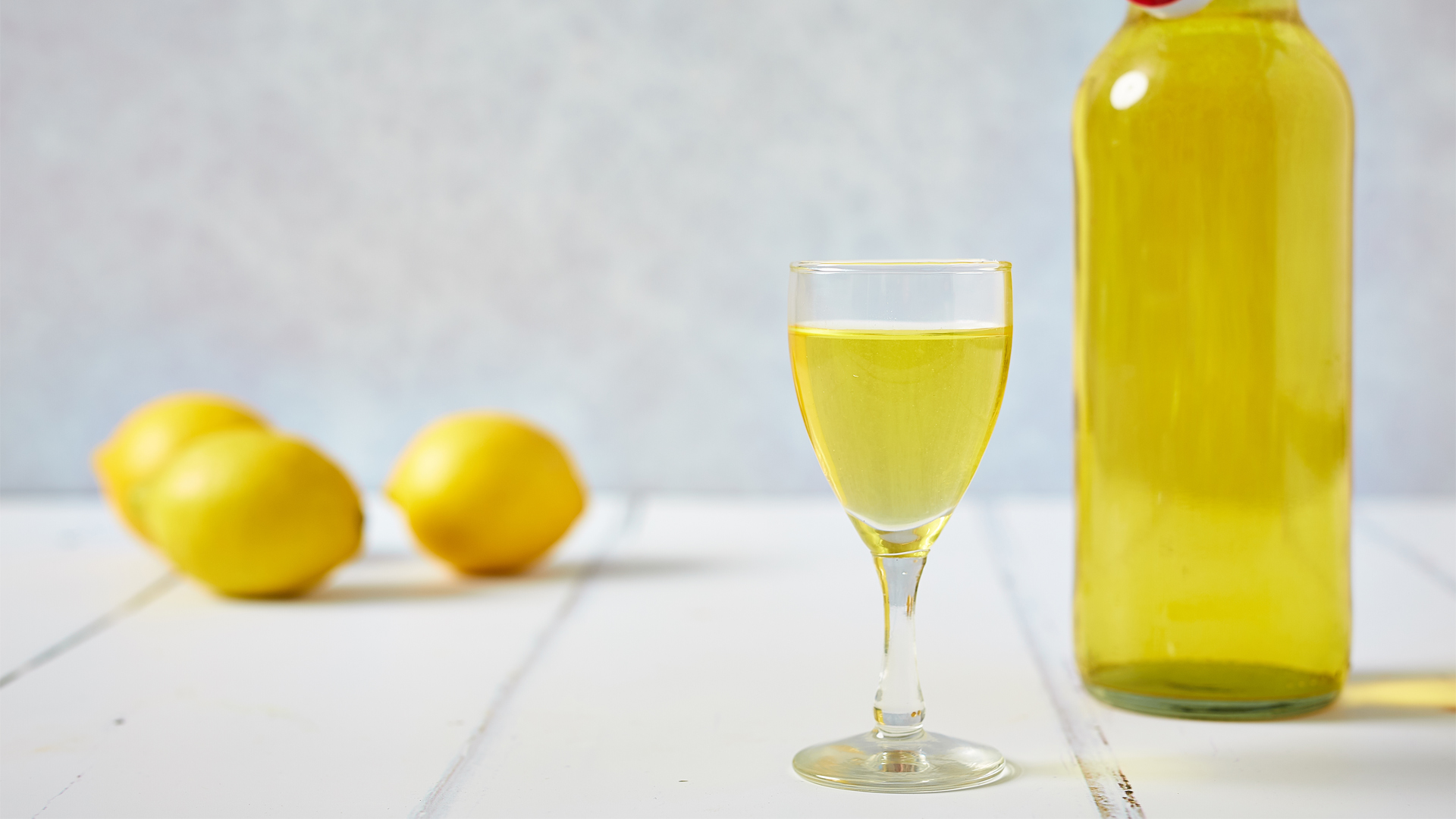Limoncello is a refreshing Italian liquor made from… you guessed it. Lemons! You’ll typically see a glass bottle filled with this yellow drink brought to you after dinner as a digestive or “digestivo”. It’s also the second most popular liquor in Italy, after Campari. The famous Italian lemon liquor has been a staple of Italian restaurant menus for a long time and has seen rapid popularity around the world.
Like most things in Italy that are encompassed by mystery and superstition, no one can be truly sure where the origins of limoncello stem from. The people of Sorrento, Amalfi and Capri all have their own story of being the originators of the boozy beverage.

The most plausible story states that limoncello was created at the beginning of the 20th century in Capri. A woman named Maria Antonia Farace was the owner of a small hotel on the island of Azzurra and had a garden filled with lemons and oranges that she used to make limoncello to offer her guests. During the post-war period, her nephew opened a bar near Alex Munte’s villa. The special drink of that bar was the lemon liquor made with Maria’s old recipe. In 1988, the nephew’s son, Massimo Canale, started a small production of Limoncello and registered the trademark. However, Sorrento and Amalfi have their own legends and stories regarding the production of the traditional yellow liquor.
In Sorrento, the beginnings of limoncello pre-date the 1900s before the people of Capri claimed it was their creation. Large families in Sorrento would serve the yellow liquor to esteemed guests, using traditional methods and recipes. The old recipes were passed down from generation to generation, adding more layers of secrets onto the history of limoncello.
In Amalfi, some believe that the limoncello has even older origins that are connected to the actual cultivation of lemons. However, the truth is vague. Some think peasants and fishermen grew accustomed to drinking a little lemon liqueur in the morning to ward off the cold. Others say diligent monks who wanted to enjoy life between prayers would drink the beverage during the Middle Ages when the roads were hazardous and there were encounters with outsiders in the seas.

While limoncello was already popular throughout the Gulf of Naples, it eventually found its way through the peninsula all the way north to Milan where it was named “Limoncino.” Bars all over in Italy displayed the yellow drink, front and center, and offered new cocktails that incorporated limoncello, giving depth to the simple digestive.
As limoncello began to spread beyond the borders of Italy and even Europe, it’s easy to wonder what it is about this drink that makes it so popular and delicious? Like most Italian food and beverages, it’s all about the ingredients. The highest quality lemons from the Campania region are used to make it truly authentic. While the spirit is high in alcohol volume, it’s easy to be seduced by the sweet aroma and citrus flavor. Imitation is the sincerest form of flattery and limoncello has been imitated by brands all over the world. To know if you’re consuming authentic limoncello you’ll need to look for one distinguishing feature on the bottle which is the Indicazione Geografica Tipica (IGP) seal. To be considered Limoncello IGP there needs to be four simple ingredients: IGP Sorrento lemon peel (at least 250 grams of whole lemons are needed for every liter of alcohol) from which the infusion is obtained, and then decalcified water and hydrated alcohol. Without any preservatives or dyes. The word “ limoncello ” is permitted only for liqueurs produced with IGP lemons from the Sorrento peninsula and the Protected Geographical Indication mark guarantees the authenticity of the product.

Limoncello Recipe
INGREDIENTS
EQUIPMENT
INSTRUCTIONS
AJ Forrisi
Assistant Editor for America Domani, AJ Forrisi is a Brooklyn-based writer and photographer. His work focuses on food, travel, sports, landscapes, and urban scenes. You can find him on Instagram @aj.photo.works.

